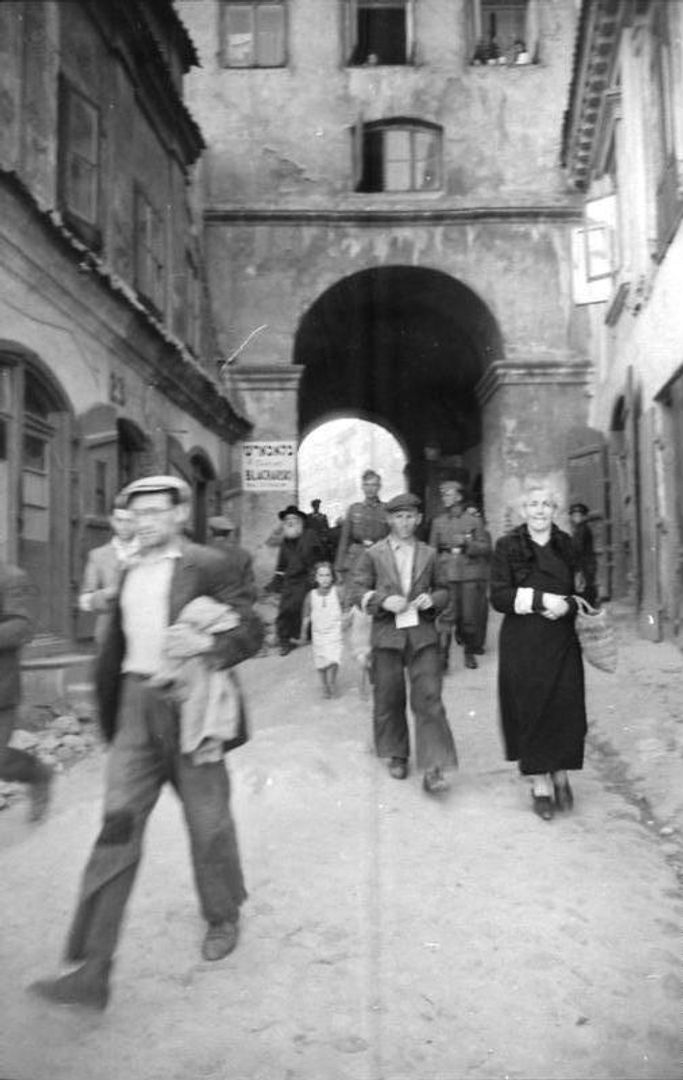Grodzka Gate in Lublin
6.76

Overview
The Grodzka Gate, also known as the Jewish Gate, is a significant architectural monument in Lublin. It symbolizes part of the city's first brick fortifications from 1342, built with the permission of Casimir III the Great. Its current form, designed in 1785 by Dominik Merlini, the court architect of King Stanisław August Poniatowski, reflects the style and era of its creation. The gate served as a passage between the Old Town and the Jewish district, adding cultural significance tied to the history of Lublin's Jewish community.
Today, the gate houses the "Grodzka Gate - NN Theatre" Centre, which engages in cultural, educational, and artistic activities, including the design of institutional events and exhibitions related to the city's history and Jewish culture. Renovations carried out after 1989 were crucial for its preservation. The first renovation, from 1994 to 2000, included foundational reinforcement, roof replacement, and attic adaptation. Between 2008 and 2009, a major vault renovation revealed that the structure had been at risk of collapsing on pedestrians since World War II.
Notably, in 1954, the monument was only refurbished in the context of the 10th anniversary of the Polish People's Republic, driven by the political needs of the authorities. Interestingly, in 1941, the gate served as an entrance to the Lublin Ghetto, making it a witness to tragic events in the city's history. Historical photographs illustrating its pre-renovation state and past activities reflect the site's rich heritage. The Grodzka Gate is not just an architectural element but also an important historical and cultural symbol connecting the past with the present.
Location
Tickets
Powered by GetYourGuide
2025 Wizytor | All Rights Reserved